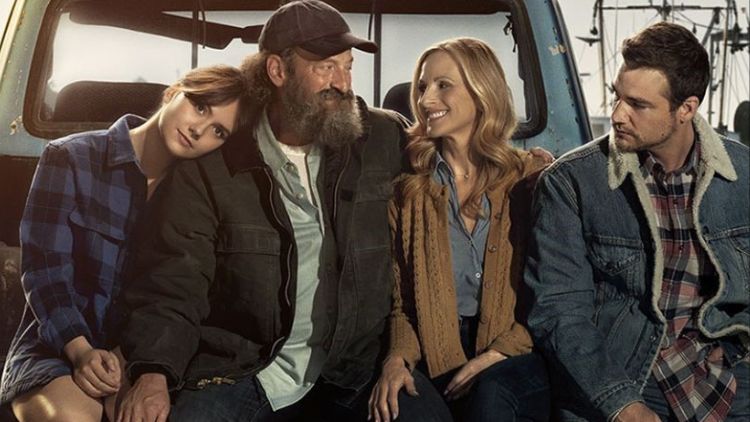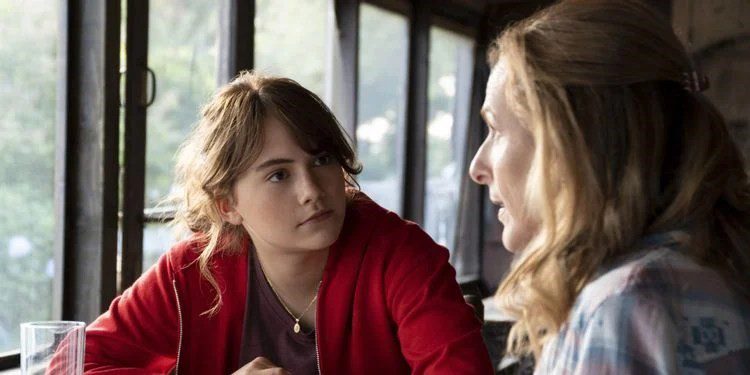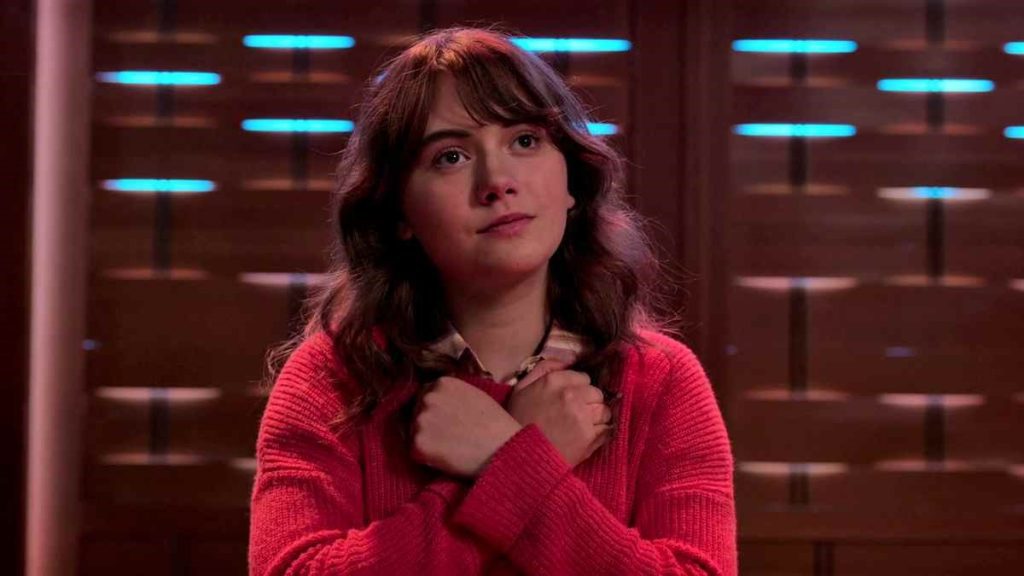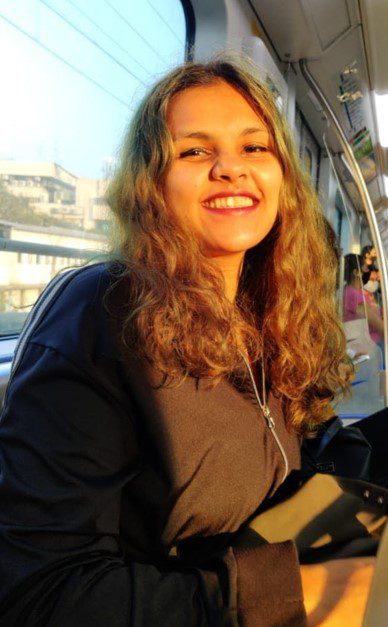How CODA Pulls All Our Emotional Chords, One Scene At A Time


CODA (an acronym for Child of Deaf Adults) is a coming-of-age story of Ruby Rossi (played by Emilia Jones), a teenager who is the only hearing member of the family. She has lived her years being the verbal interpreter between her family and the fishing community they earn their bread through. The comedy-drama explores Ruby’s conflict as she is torn apart between family obligations and pursuing her own passion, music.
This solid remake of the 2014 French-Belgian film ‘La Famille Bélier’ is a predictable feel-good motion picture. The recipe of CODA includes a lost teenager, a quirky couple, a budding romance, a firm teacher, a few fights and making up. However, the garnishing factor is how it pushes your emotional buttons in astonishing ways. Let’s take a walk through it together.
1. The imperfection of motherhood
We have all read articles and have heard real life examples about how a mother’s love is the purest thing in the world. While there is no argument about that, we often forget that our mothers are individual entities who have imperfections of their own and are permitted to make their own mistakes.
For instance, Ruby’s mother, Jackie (played by Marlee Martin) disregards a conversation on the topic of music at the dining table. This comes off as a mother being disinterested about her daughter’s interests. In another instance, when Ruby expresses her passion for singing, Jackie is very quick to say – “If I was blind, would you want to paint?’. We feel our heart sink as she makes this hurtful comment. We assume that it is only because of her personal inability to experience Ruby’s talent. However, we realize much later that this stems from her fear of never being able to realize if Ruby is a terrible singer and thus, the fear of her daughter failing.
In a heartfelt conversation between this mother-daughter duo much later in the film, Jackie confesses that she hoped for her daughter to be deaf, just like her. This makes us ponder over how a mother can ever have this thought. Jackie then dives into how she never had a connection with her own hearing mother because of her inability to listen. She hoped, only for a millisecond, to have a deaf daughter, just like her. It portrays how all a mother wanted was to have a bond with her daughter, even if that means for the daughter to be deaf. Nevertheless, when she realized that Ruby is capable of hearing, she did not love her any less.

This gives us beautiful insight into how motherhood is not perfect, how mothers can sometimes hurt their children. We need to remember that apart from being mothers, they are human beings who can sometimes say things a little selfishly, make errors in perceiving and expressing feelings. CODA explores the theme of imperfect motherhood, going on to show that this does not in any way mean that your mother loves you any lesser than what you’ve known and heard about.
2. The representation of the deaf community
Several movies speak of a particular cause – but how many of them actually actively work towards the cause they’re talking of? Three lead characters of the movie are actually played by deaf actors ( Marlee Matlin,Troy Kotsur and Daniel Durant ). This has been a huge step forward for the Hollywood industry and the deaf community. We’re all absolutely here for it!
This movie also deserves an applause for how it puts into picture everyday nuances of the deaf community as a part of the world. It does not try to invoke pity amongst the audience at any point. The Rossi family isn’t very different from other families – the siblings call each other names, the couple fights and make up, they face the strains exactly like other members in their fishing community. It opens our eyes towards how similar their life is to anyone else we interact with everyday. Even so, it also makes us notice the challenges that come with being deaf – whether it’s with the simple funny incident of playing loud music while picking their daughter up and embarrassing her or something with serious implication like being unable to gauge instructions by the guards while on the fishing boat. The movie has a large message because of and despite its silence.
3. A unique style of making the audience feel empathy and connection
One particular scene from the film will always stay with you – the sudden sound fade in the middle of Ruby’s concert performance. While the soundtrack is cut off, you are put into the deaf family’s shoes in a rare way. The camera and the featured details transports you to the dynamics the deaf community lives in. This, in the most simple way, builds empathy in the audience.
Going back to the conversation between Jackie and Ruby where she speaks about what birthed her worry of not being able to connect with Ruby, the sound is stripped away for a while again. This makes the audience feel associated with the scene and the mother-daughter chemistry in a very distinctive and special way.
4. The smart taste of selected music

Ruby has high musical ambitions and wishes to pursue her goals at the Berklee School of Music. This makes music very central to the plot of this story. The song selection is very diverse and rich at the same time.
The beauty of the movie is how every song is picked and placed in a way that depicts the on-going situation so effortlessly. It features ‘My Pal Pal Foot’ when her best friend comes over and ‘You’re all I need to get by’ for a duet performance with her crush. What stands out is Ruby’s solo audition piece ‘Both sides now’, which revolves around looking at love from both sides, appreciating the silver lining in tough situations, understanding that love is about give and take and accepting that we might not know love at all. The movie entwines it into the end, stitching Ruby’s growth throughout the timeline in a very free, compassionate manner.
5. The perfect mix of accessibility, emotion and humor among the clichés
You might say that CODA is a bunch of happy-movie formulae put together – but it manages to spin every emotion in just the right amount. It takes you on a cliché yet fun rollercoaster ride.
There’s an intense accessibility we constantly feel towards Ruby’s situation at almost all times – whether it’s the pull between family v/s personal dreams or picking a subject because your crush picked that one. You try to hold back your tears when Ruby’s father touches her throat to feel her vocals because that’s the only way he can experience his girl’s passion and talent. You laugh when Ruby’s parents make extremely loud sex noises and try to warn two kids about unprotected sex.
We feel frustration, hope, realistic reflexes to feelings like anger or jealousy and quirky family dynamics along with so much more in the whole 112 minutes runtime.
CODA has an extremely rich visual storytelling, which is a result of the excellent use of sign language. All in all, this simple story keeps you engaged, opens your mind and makes you feel calmer and better. The world is very fortunate to have witnessed the brilliance of transmitting several important messages through this heartfelt and inspiring masterpiece.

| About the Author Hemali Gandhi lives on watching motion pictures and eating biryani while watching its reruns. If you need a go-to person for discussing tiny details of storylines, recommendations of great thrillers or underrated shady places to laugh your heart out at – please hit her up! Instagram handle: theeeek_hai |
